Let’s discuss the Japanese history timeline. Well, for the Japanese nationalist group, the country’s history in the first half of the twentieth century seems to be a history of embarrassment. We know that Japan’s renaissance in the late nineteenth century turned the country into a major power in Asia in a short period.
On the one hand, economic progress gave birth to a visionary thinker who, like Okakura Kakuzo, could shed light on Asia’s plight from a liberal position. On the other hand, it paved the way for narrow-minded leadership to claim superiority.
Japanese History Timeline Summary
I came here to discuss the Japanese history timeline briefly. Japanese history is a monumental discussion. I will try to present here all the history timeline synopsis. If you are also interested to know the topic, please stay with me until the end and read the thesis very attentively. So, no more delay, let’s go to start.
Japanese history timeline indicates some Japanese periods and stages. There were two main stages in Japan. One of them is Classical Japan, and the other is Medieval Japan. Now I am going to provide here those periods and stages’ brief discussion successively. Please continue reading the text below.
Classical Edge Of Japan
Classical Japan is when the Yamato clan rose to power and became Japan’s first dynasty. It is the first of different periods in Japanese history where the Japanese endowment for studied cultural acclimatization is evident. The history of Japan’s classical period from ca.
500 CE when the Koreans initiate Buddhism with the Chinese culture. Japan took the Chinese writing system and adapted it to their spoken language. The Tale of Genji was written in the period, the first novel in the world.
In the 500s, the culture of Japan was forced by China. The worship of Buddhism comes to Japan in 538. In 794 of the classical Japan period, the capital city was moved from Nara to Kyoto.
Medieval Edge Of Japan
The Medieval period of Japan was mentioned as the feudal period of Japan. Buddhism appeared in all levels of society due to Japan’s medieval period. The warfare in the period is exquisite, and the society is so rent apart that the chief target of the daimyo who rejoined Japan in the era of 1600 is the establishment of order.
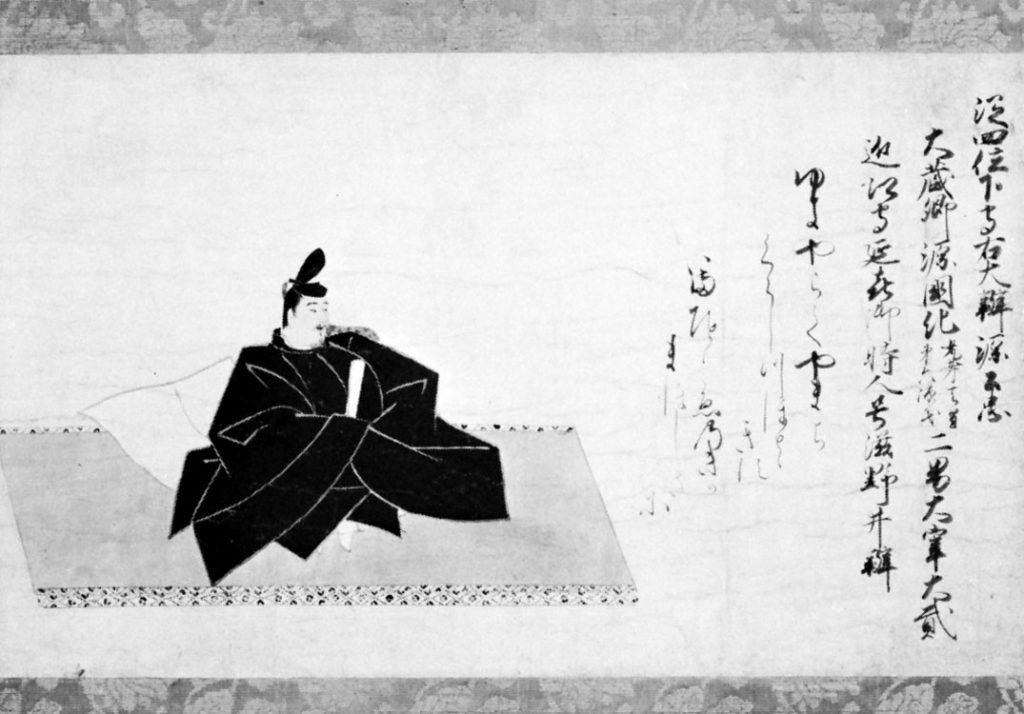
Japanese History Timeline- Medieval Japan
In the Medical period of Japan, Christianity was initiated by Francis Xavier in 1549. The Ashikaga Shogunate took power in 1336 in the Medieval period. In 1590, Japan was integrated under the leadership of Toyotomi Hideyoshi. And also, in the Medieval period of Japan, the Portuguese reached Japan bringing firearms in 1543.
The Heian Period Of Japan
Heian means “peach” in Japan. The Heian period is a part of the Classical Japan stage. It is the last part of Classical Japan. It is a large period in Japan. The period was started in 794, and the period was finished in 1185.
The world’s first novel, The Tale of Genji, was written by Murasaki Shikibu in the Heian period. The Heian period’s sculpture art is extensively known in Japan and ornated in various media, from consecutive festivals to anime.
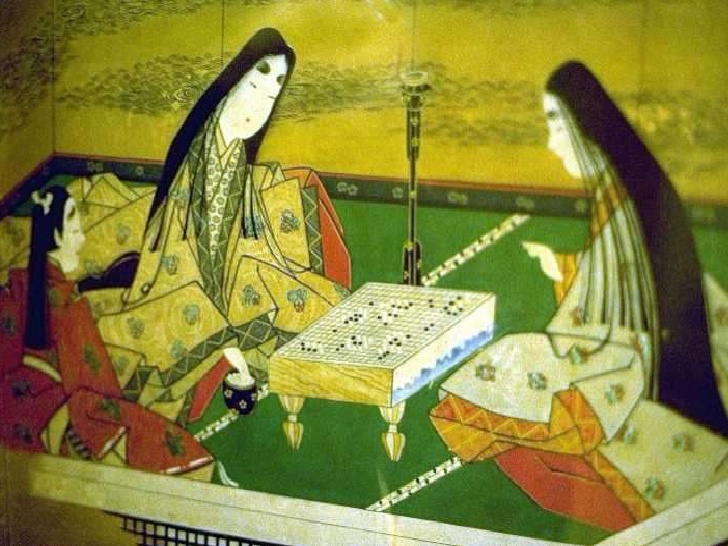
Japanese History Timeline- The Heian Period
The Heian period is deliberated the Japanese imperial court’s summit and eminent for its art, particularly poetry and literature. Even though Japan’s imperial house had the ability on the surface, its substantive authority was in the Fujiwara clan’s hands. The military class of Japan rises in the Heian period. The capital of Japan moved back to Kyoto.
The Meiji Period Of Japan
Meiji Period is a period of Japanese history, and the duration of the period is from October 23, 1868, to July 30, 1912. There was an unforgettable transformation in Japanese society during the Meiji era of Meiji.
It marked the end of the Japanese system of feudalism and the complete restructuring of social, economic, and military real life in Japan.
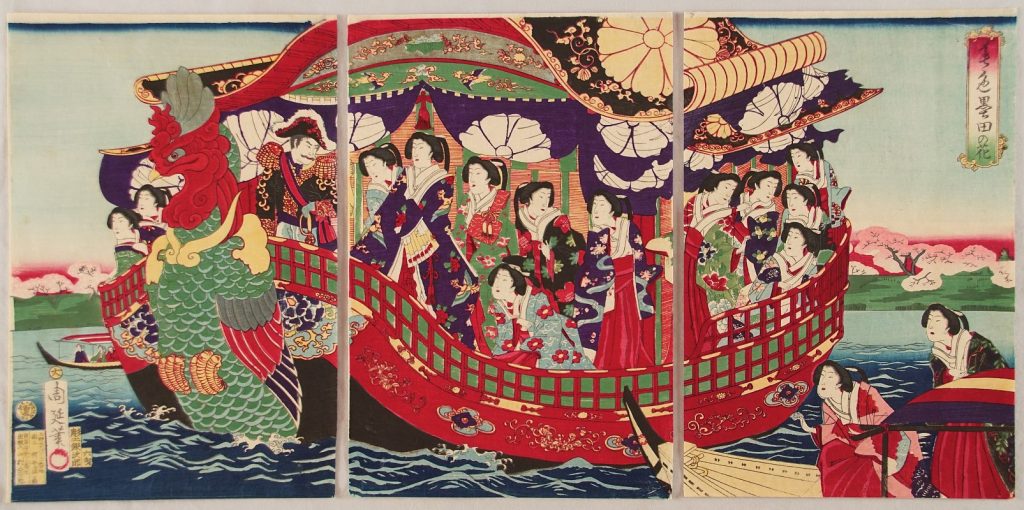
Japanese History Timeline- The Meiji Period
The Meiji era began when Daimio lords from Satsuma and Choshu in southern Japan came together to overthrow the Tokugawa Shogun and return political power to the emperor. In Japan, this revolution is called the Meiji Restoration. In the Meiji era, Japan was industrialized with incredible speed.
In a country where merchants and manufacturers were considered the lowest class of society a few decades ago, the industrial titans suddenly formed huge corporations that produced iron, steel, ships, railways, and other heavy industrial goods. Under the Meiji Emperor, Japan established a Western-style military academy for training a whole new type of soldiers.
The Edo Period Of Japan
The Edo Period of Japan was a time of relative peace and enrichment with a concentrated government under the Shogun. Merchants became more powerful as the economy exalted. In Japan’s Edo period, Korea was attracted by Japan in 1592. Japan becomes diverse from the world, constricting all the foreigners except for a few Chinese and Dutch merchants.
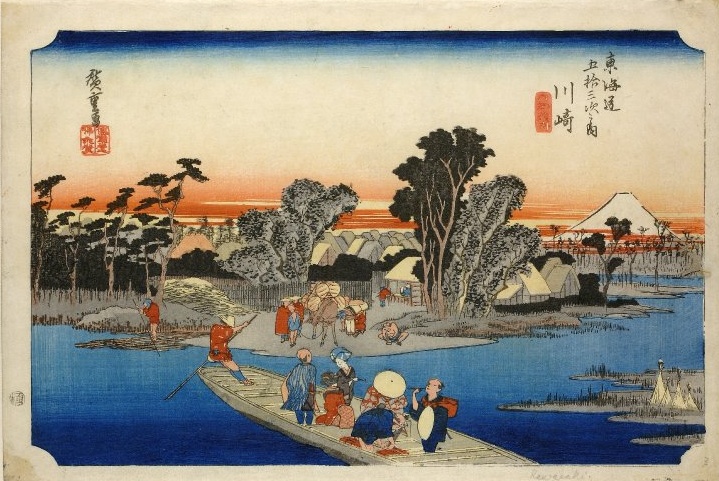
Japanese History Timeline- The Edo Period
The period of isolation continued for more than 200 years. The Shimabara Rebellion happens in objects to the oppression of Christians in 1635. In 1854, Commodore Matthew Perry of the US appeared in Japan and signed an agreement opening trade with Japan.
Isolationism came to a finish in 1854. British Merchant Charles Richardson has finished a beginning confront between Britain and Japan in 1862 in Japan’s Edo period.
The Azuchi-Momoyama Period Of Japan
Azuchi-Momoyama is a brief period of Japanese history. The duration of the period is from 1568 to 1603. It is also called the Momoyama period. The period started with Oda Nobunaga entrancing into Kyoto in 1568 to establish Ahigaka Yoshiaki as the 15th and finally eventual Shogun of the Ashikaga Shogunate that had deteriorated after the appearance of the Onin War, which was happened in 1467.
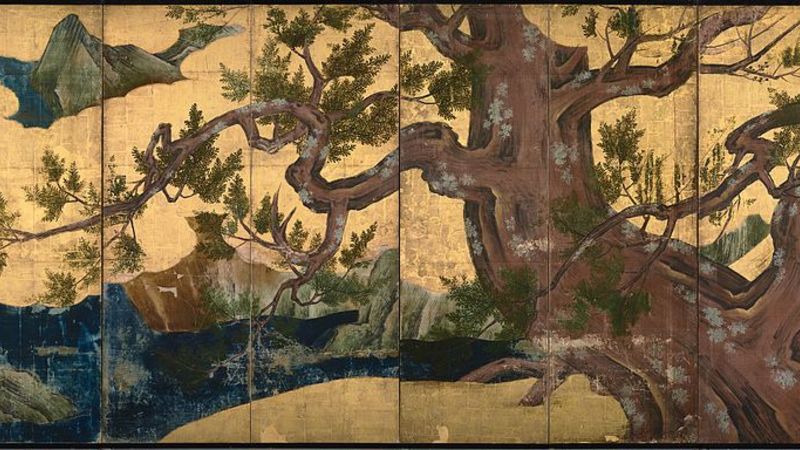
Japanese History Timeline- The Azuchi-Momoyama period
The period was an age of ostentation and splendor. Several administrative novelties were established to encourage commerce and repose society in the Azuchi-Momoyama period of Japan. Generally, the period was noted by the merchant class’s flourishing world development and the conducive arts such as the warrior class’s tea ceremony.
The Kamakura Period Of Japan
The Kamakura period is a long period of Japanese history. The duration of the period is from 1192 to 1333. The Kamakura era began in 1185 when the Minamoto group defeated the Tyra family in the Battle of Genui.
However, it was not until 1122 that the first Shogun in Japan, the emperor Miyamoto Geritomo whose full title is “He Taishogun” or “The Mahishunya, “was deprived of the Eastern barbarians,” took this time in the true sense. During the Kamakura period, the revolution in politics coincided with Japanese society and culture.
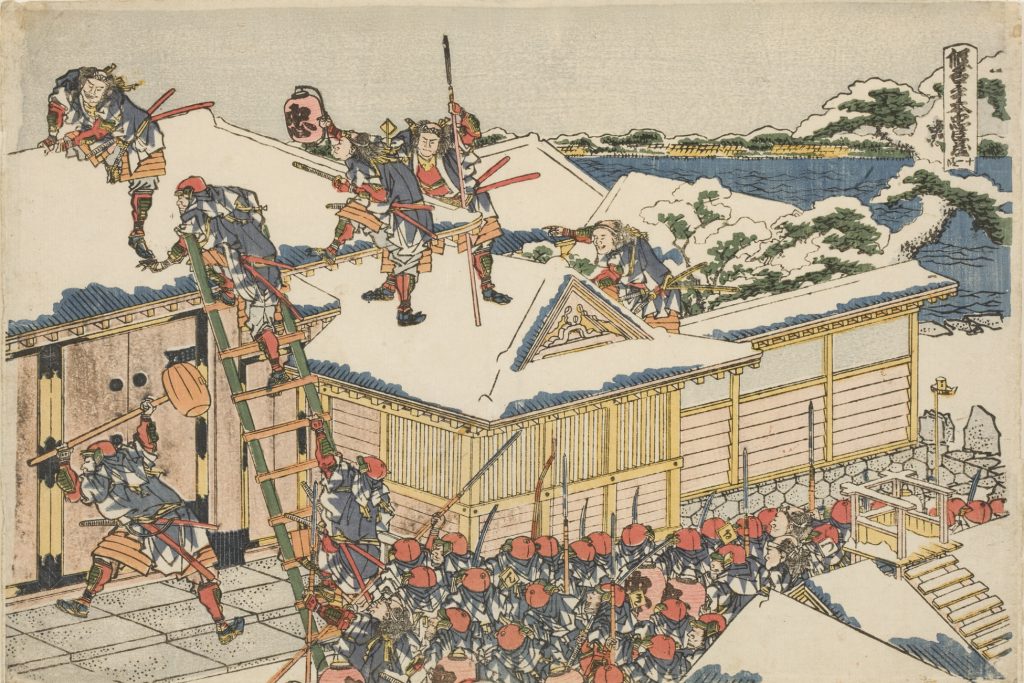
Japanese History Timeline- The Kamakura Period
One important change was Buddhism’s growing popularity, which was already limited to the aristocracy in the emperor’s court. In Kamakura, ordinary Japanese began to practice new forms of Buddhism, including Zen (Chan), imported from China in 1191.
The Nikhrein Collection was established in 1253, emphasizing the Lotus. Sutra and almost “fundamentalist Buddhism.” Japan tried to seize power in Huo Shikkas by allowing other great groups to control regions.
The Muromachi Period Of Japan
The Muromachi Period is a long Japanese period known as the Muromachi era. The duration of the period is from 1336 to 1573. The end is also known as the Sengoku period or Warring States period. The period can be divided into the Kitayama and Higashiyama periods in the early 16th century.
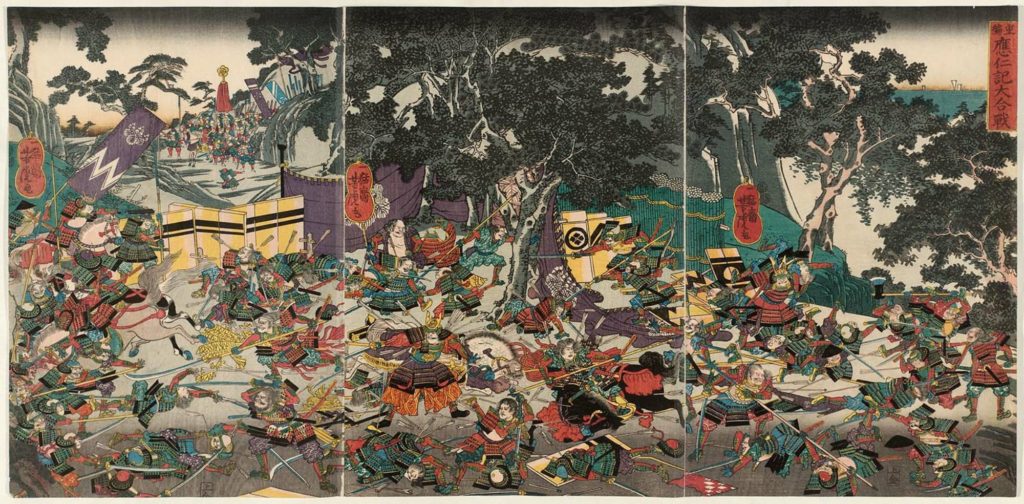
Japanese History Timeline- The Muromachi Period
The period was named for a Kyoto district where the first Ashikaga shogun Takauji was. Despite Takauji taking the title of Shogun for himself and his heirs, Japan’s complete control deprived him.
Many wars happened in the period, and most of them were short and localized throughout Japan. At the end of the period, the first Europeans had appeared.
The Sengoku Period Of Japan
The Sengoku Period is large in Japan. The duration of the period is from 1467 to 1615. This is a time in history where the whole country was at war, and the central government of Japan was made up of puppets who did not have real power. In reality, power was in the warriors’ hands, and anyone could control most land.
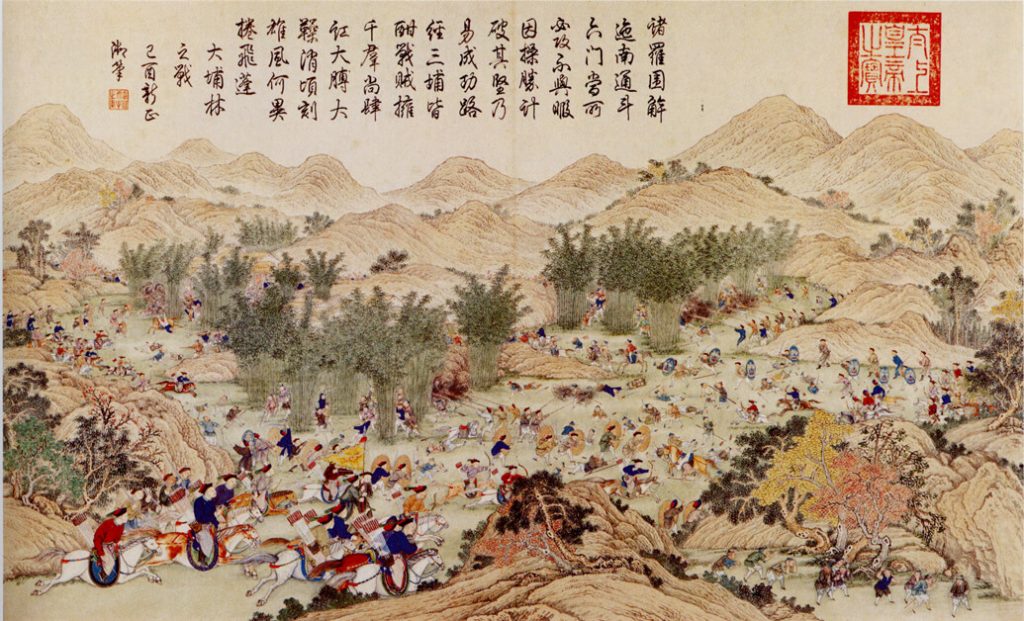
Japanese History Timeline- The Sengoku Period
This history bar has given us the most exciting Japanese and world history character. No blockbuster movies have been made, especially about Japan’s reunion, which we’ll spend the most time on here. Here’s what you need to know about Sengoku Jidai and Japan’s final reunion. The capital was Kyoto, and every Demo wanted to influence it.
Simultaneously, the economy grew for trade with China, so different Japanese regions wanted more autonomy. After all, every little part of the country was running on its own without a name.
These factors contributed to the Onin War, a ten-year struggle over economic issues. They fought against Kyoto for eleven years, and the city was destroyed mainly with the declaration of victory.
The Taisho’s Period Of Japan
Emperor Taisho’s Period is short in Japan. The duration of the period is from July 30, 1912, to December 25, 1926. The period is deliberated at the time of the catholic movement, which is known as Taisho democracy.
It was that period of Japan when it happened during the first world war. The period followed the Meiji period and is divided from the Showa period.

Japanese History Timeline- The Taisho Period
In the period, the Taisho emperor possessed the throne in 1912. Japan transmitted the twenty-one demands to China in 1915, which was happened in the Taisho period.
The Great Kanto earthquake destroyed Tokyo on September 1, 1923. It is generally. The period is usually eminent from the former chaotic Meiji period and the following militaristic-driven first part of the Showa period.
The Showa Period Of Japan
The Showa Period is an essential period of Japanese history whose duration is from 1916 to 1989. The Showa period is noted predominantly for the elevation of militarism in Japan. The period was marked by the viewable of Japan.
The period was more extended than the dominion of any former Japanese emperor. Emperor Showa was the longer-lived and the longer-realm historical Japanese emperor besides the longer monarch.
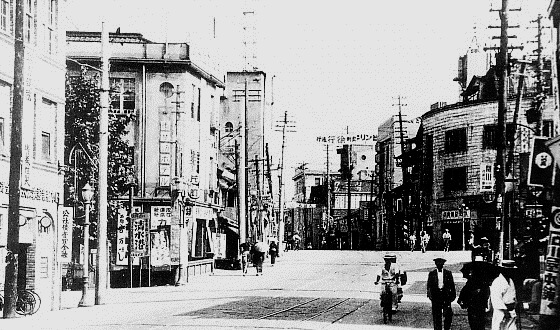
Japanese History Timeline- The Showa Period
The Heisei Period Of Japan
The Heisei Period is modern in Japan. “Heisei” was received from two Chinese books. The names of the books are the Grand Historian and the Book of Documents.
The period began on January 8, 1989, and finished on April 30, 2019. In the Heisei period, emperor Akihito traveled to China, the first time Japanese monarchs visited in 1992.
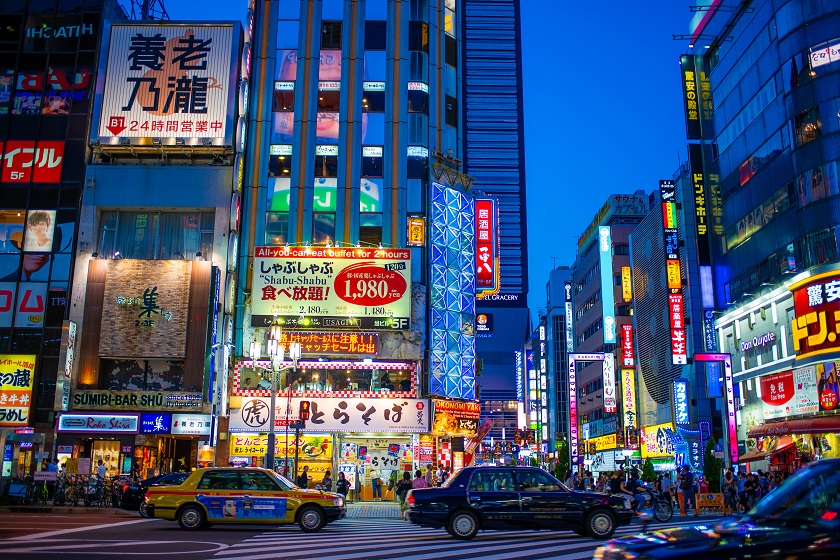
Japanese History Timeline- Heisei Period
It is a glorious era of Japanese history. The Heisei period started into effect instantly upon the day after the emperor Akihito’s legacy to the kingship on January 7, 1989, and the same year the emperor Showa died.
Okay, riders. The article will be finished now. It is the thesis where are described detailed Japanese history. I could able to discuss all the periods of Japan with the article.
The information which I was given was collected from a legal source. Now come to inform your feelings and opinion after reading the whole article. I hope you got a whole idea about Japanese history from the article.
If you have any questions or objections or want to know more about the topic, please leave a comment. Moreover, if you want detailed information about Japan’s periods, visit our other pages.

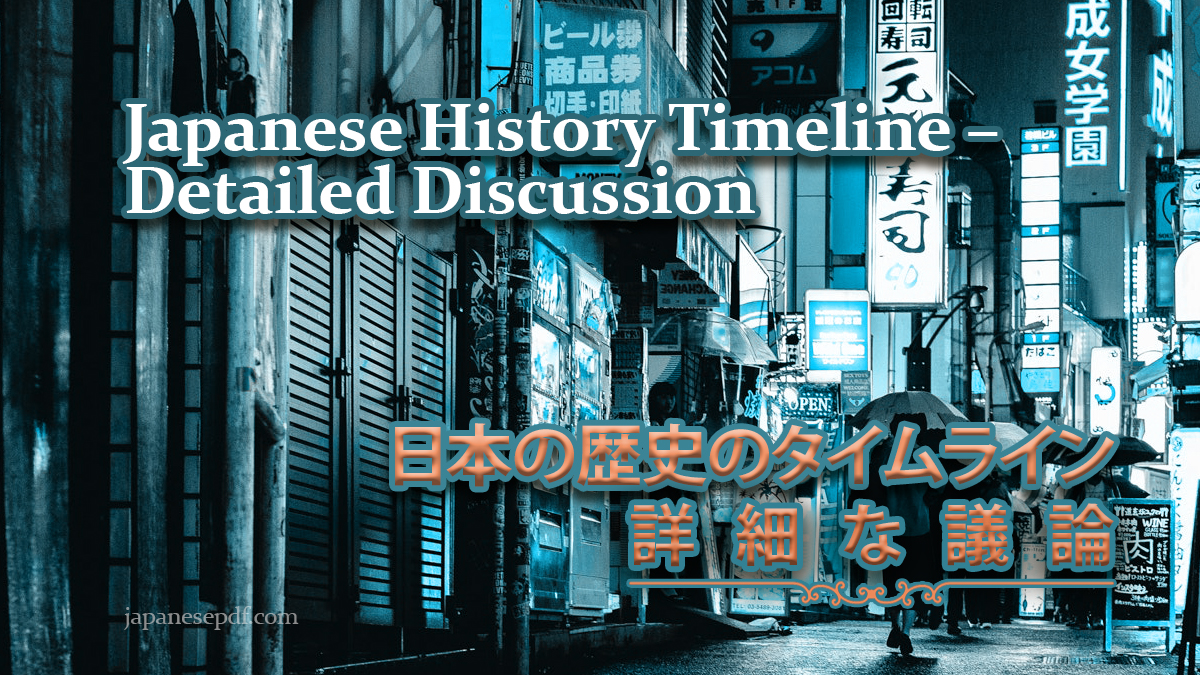
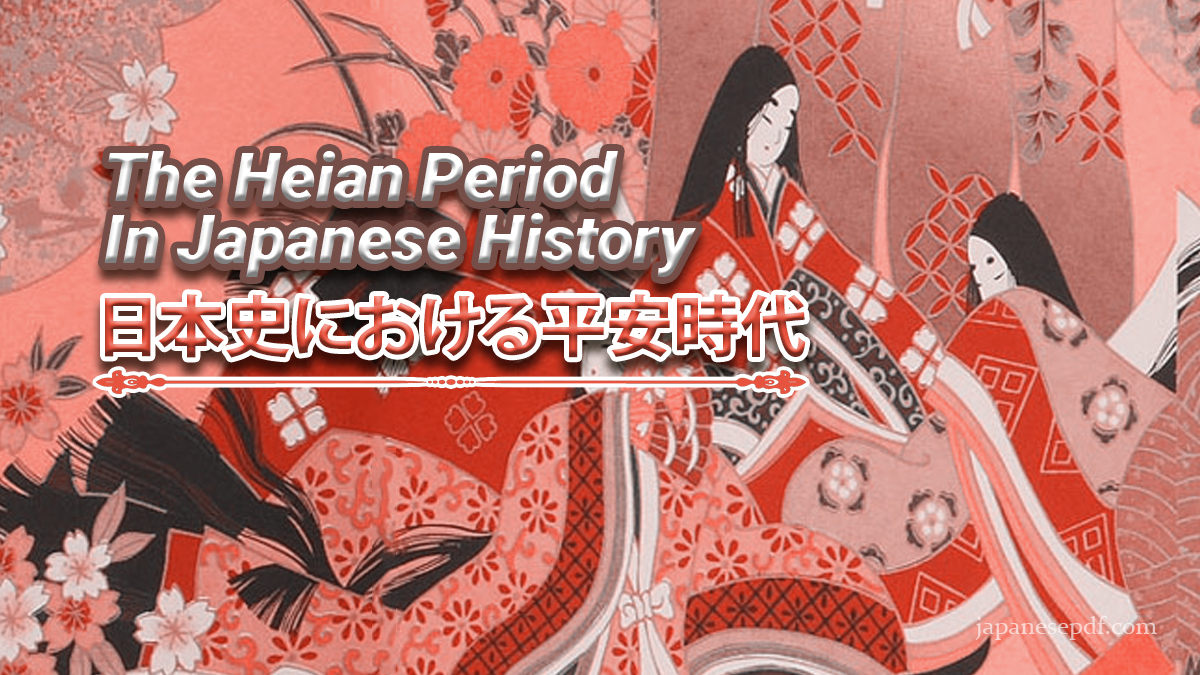
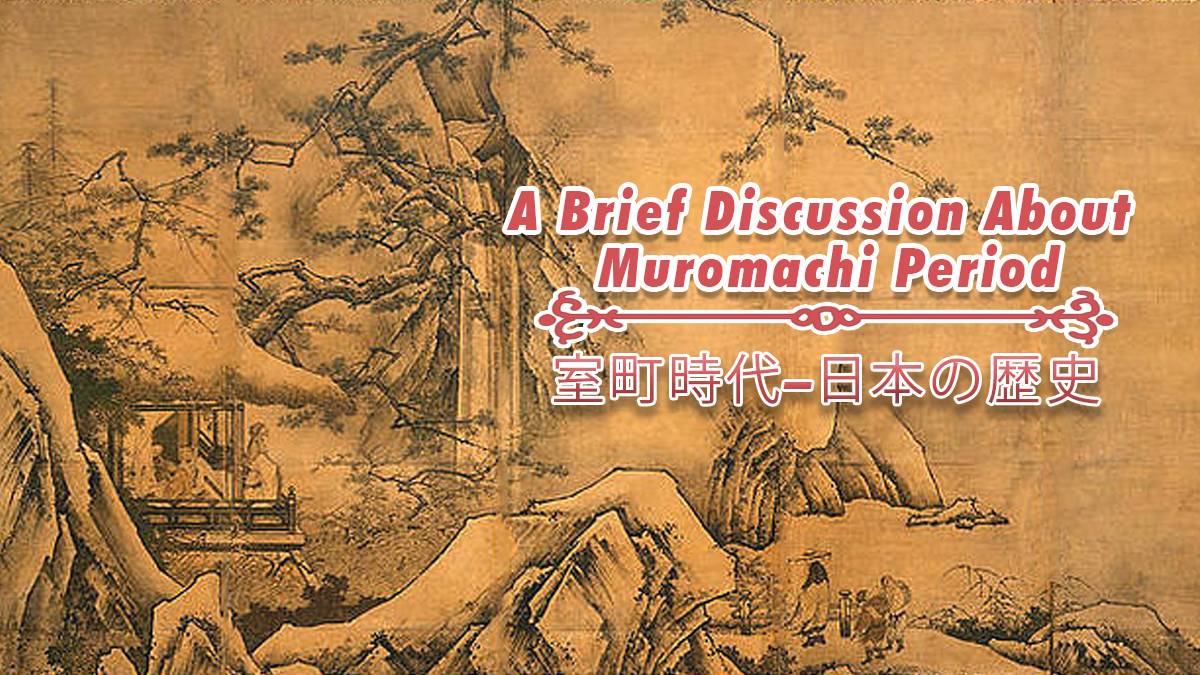
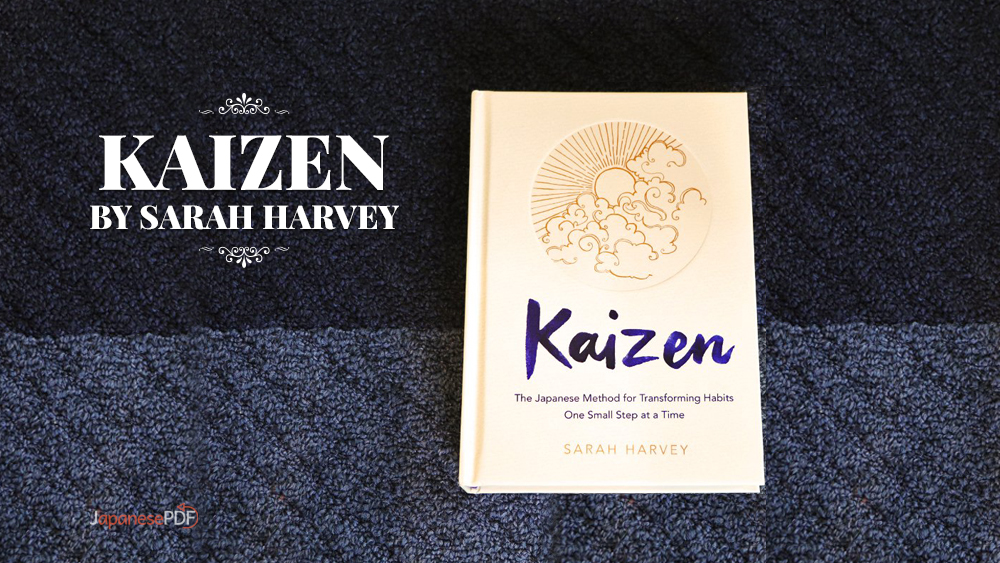
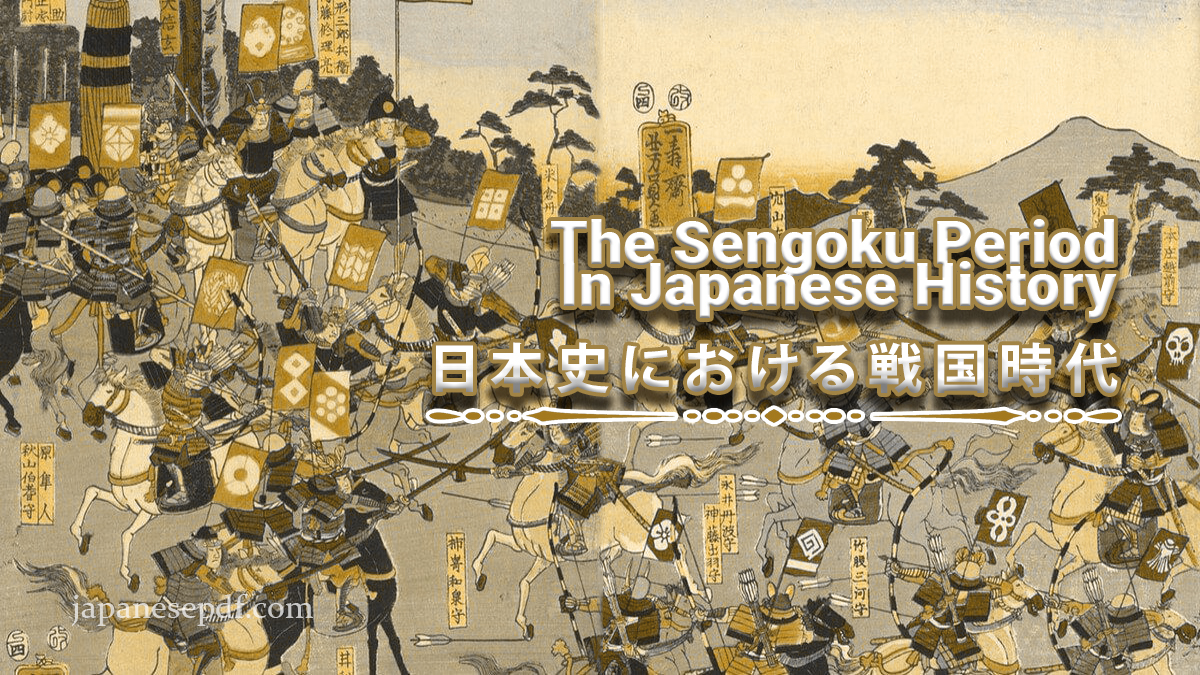
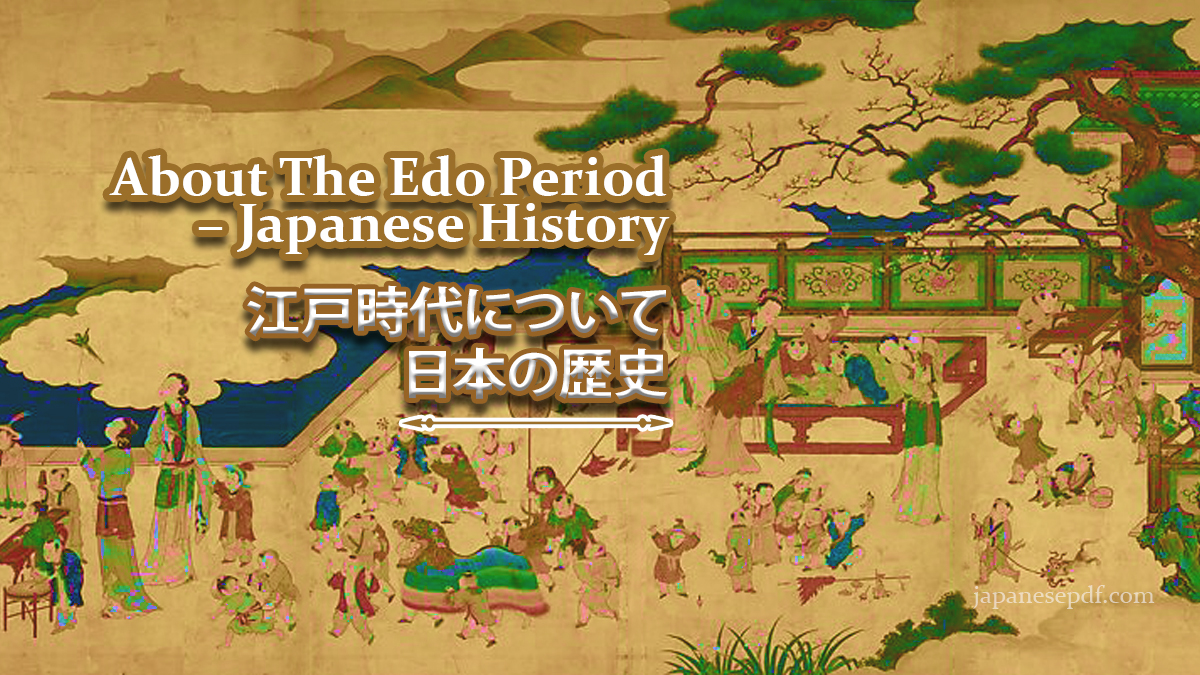
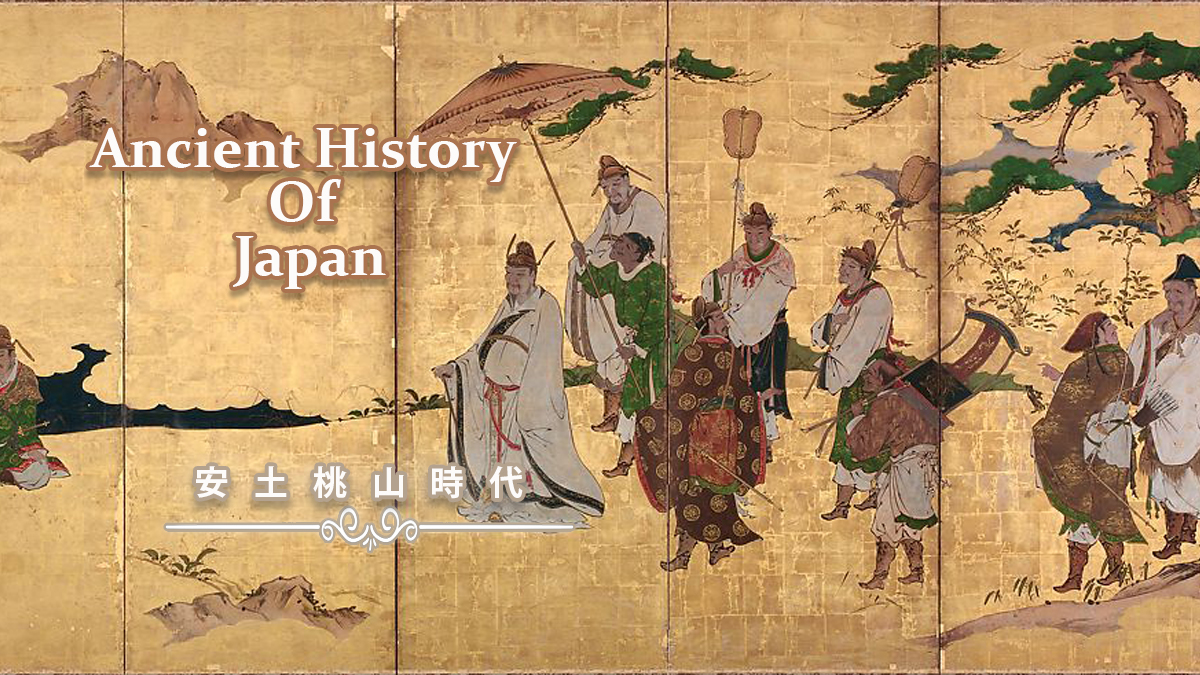





Comments